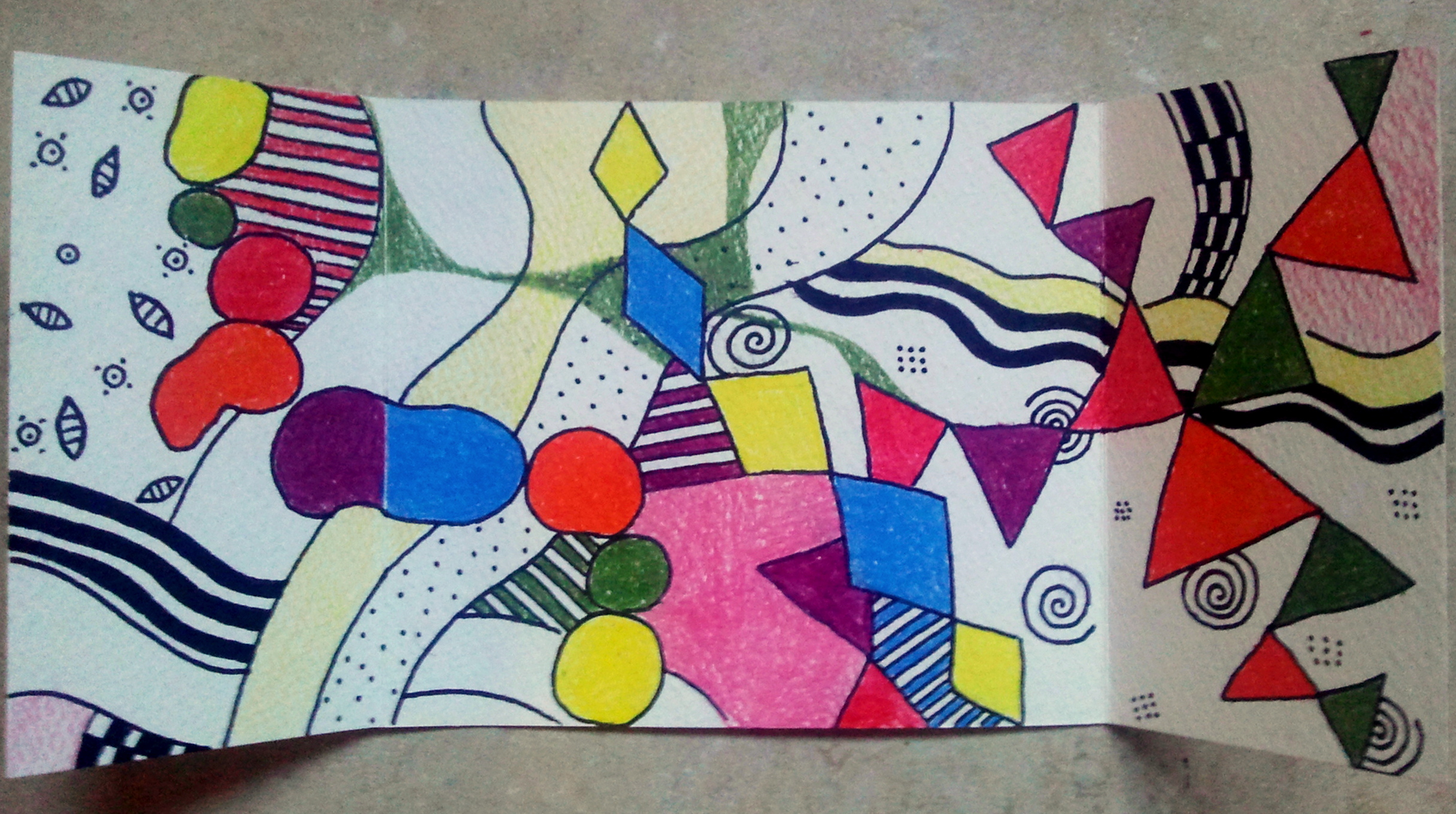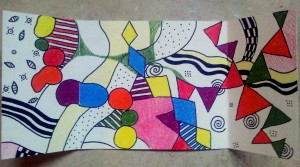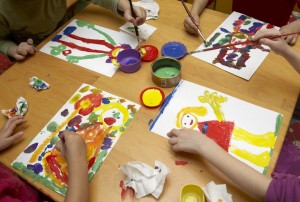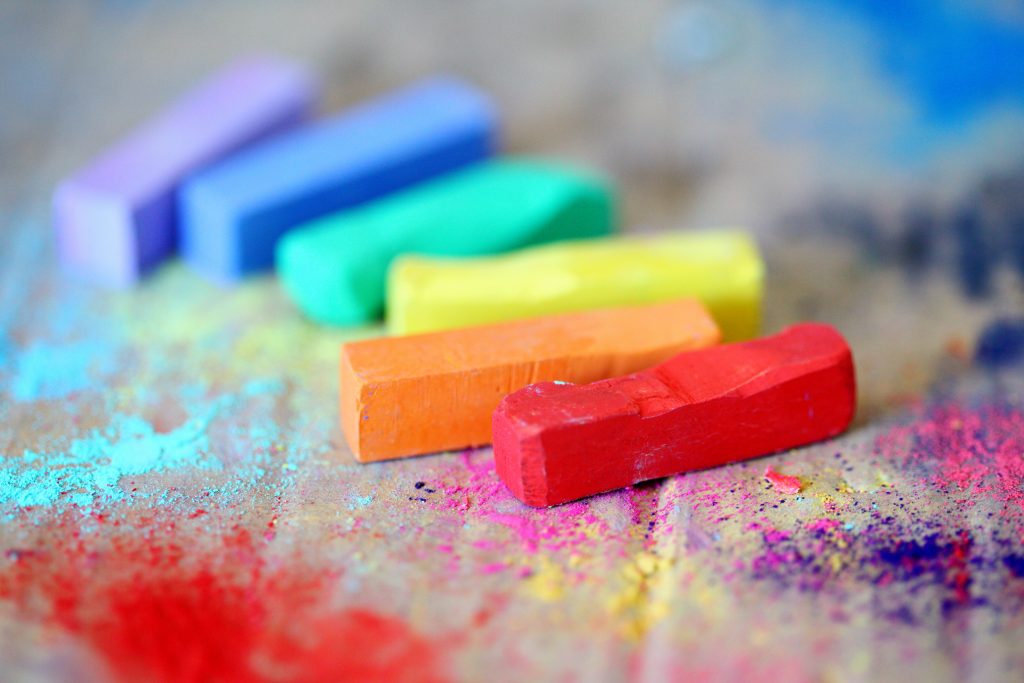
One of the most captivating benefits of art therapy is, in my opinion, re-gaining or maintaining one’s ability to play.
As children, we are wired to play. Many of the kids I see fall into play easily and naturally, and are able to make up stories, create characters, and generally be a bit silly. However, there are also children who have difficulty with this, whether it is due to trauma, nervousness, or because they are still warming up to me and to the space. Eventually though, once trust has been built, play usually starts to emerge from even the most timid of children.
The benefits of play for children may seem obvious, since it comes so naturally – but sometimes we forget the importance of unstructured play. In particular, play without the use of video games, phones, or other kinds of technology allows for the senses to be engaged and for relationships to be established through play -which is important in healthy growth and development. Also, while extra-curricular activities are important and valuable for children, it is also important that they have enough unstructured play time to integrate the huge amount of development that is happening in their little bodies and minds. Art therapy, in my opinion, does a great job of creating these unstructured play conditions and encouraging healthy growth.
While play is seen as a normal activity for children, as adults we sometimes see play as unnecessary and as a distraction from our responsibilities. However, play is important for adults, too! It helps with the development and maintenance of creative problem solving, releases tension, reduces stress, and promotes joy. Who wouldn’t want that?!
In my experience, there is no “recipe” for play – it is something that may be vastly different between individuals depending on personal preference. The best bet is to follow what gets you excited. With that in mind, I have compiled a list of ways for adults to play.
8 Ways for Adults to Play:
- Play with your kids – or someone else’s! Taking a little bit of time to forget about our responsibilities and engage in some unstructured play time – complete with role-playing, stories, and games. There is much to be learnt from children.
- Doodle! Get out those art supplies and create something without expectation. It is the process of creating that is of value, not necessarily the outcome.
- Read a book, play an instrument, or engage in any hobby or activity that allows you to feel in a state of “flow”.
- Try something new (a class, activity) that you’re interested in. We can learn something new at any age, and it is hugely beneficial.
- Cultivate a mindset of play – we can play at any time of the day (eg. daydreaming, imagination, joking) if we keep the benefits of play in mind.
- Move your body! Body-play is an important type of play. Sports, dancing, swimming, chasing children, going for a peaceful walk, gentle rough-and-tumble play, and cuddling are all forms of body-play.
- Social play – get together with friends or family and enjoy telling jokes, stories, and generally having some unstructured bonding time.
- Take a good look at how much of your life is pre-planned. Are there any opportunities to free up some time for unstructured play?
Here is a link to an interesting TED Talk on play. It is a very cool exploration of the physiological, emotional, and social benefits, complete with cute animal pictures:
http://www.ted.com/talks/stuart_brown_says_play_is_more_than_fun_it_s_vital
“The opposite of play is not work. It’s depression” – Brian Sutton-Smith




Recent Comments